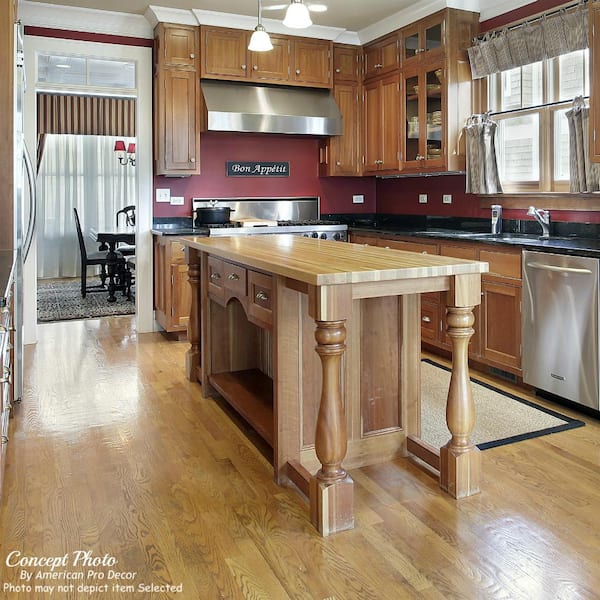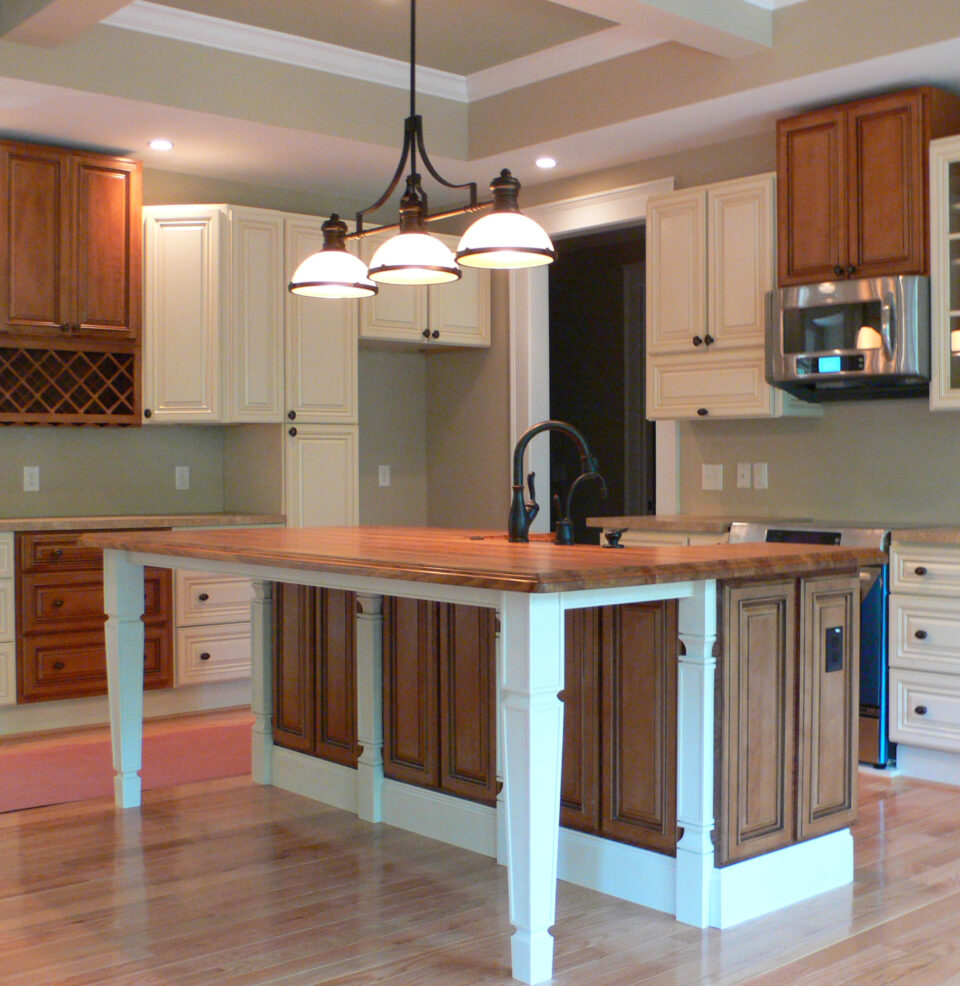How to Set Up a Kitchen Island Leg for Optimum Stability and Design
How to Set Up a Kitchen Island Leg for Optimum Stability and Design
Blog Article
The Value of a Sturdy Kitchen Area Island Leg in Creating a Functional Food Preparation Area
A tough kitchen area island leg serves as an essential component in developing a functional food preparation atmosphere, offering necessary assistance for both the counter top and different kitchen activities. As kitchens evolve right into multifunctional areas for food preparation, eating, and socializing, the selection of products and layout considerations for island legs becomes progressively important.
Benefits of Sturdy Island Legs
Supplying vital assistance, tough kitchen island legs play an essential duty in boosting the functionality and toughness of kitchen area islands - kitchen island leg. These legs not only bear the weight of the counter top and any kind of extra products positioned on the island, but likewise add to the total stability of the structure. A well-supported kitchen area island ensures that it continues to be upright and useful, also under heavy use, which is especially important in active kitchen environments
In addition, sturdy island legs can boost the visual appeal of the cooking area. They provide a solid structure that can complement different design styles, from modern-day to standard. This convenience permits homeowners to personalize their cooking area islands according to personal preference while making certain that the architectural integrity continues to be uncompromised.
In addition to their encouraging duty, robust kitchen island legs can additionally enhance safety and security. A stable island minimizes the danger of crashes triggered by tottering or tipping, which is specifically important in houses with kids or elderly individuals. Additionally, strong legs can help with a seamless flow of tasks, enabling effective meal preparation and social interactions within the kitchen area room. Eventually, investing in tough kitchen island legs is crucial for a useful and aesthetically pleasing cooking area.
Materials for Kitchen Island Legs
When picking materials for kitchen island legs, durability and visual allure are essential aspects to take into consideration. The most common materials consist of wood, steel, and engineered timber, each offering unique benefits.
Hardwood, such as maple, cherry, or oak, is a classic choice as a result of its stamina and ageless appeal (kitchen island leg). It can withstand considerable weight and is resistant to wear, making it optimal for high-use kitchen settings. In addition, hardwood can be stained or repainted to match different kitchen area styles
Metal legs, often crafted from stainless-steel or wrought iron, supply a commercial and modern appearance. They are unbelievably strong and can sustain substantial loads while being resistant to dampness and warm, which is beneficial in a cooking location. Steel legs can additionally be quickly cleansed, improving their functionality.

Layout Factors To Consider for Stability
The selection of materials for kitchen area island legs straight affects the layout factors to consider for stability. When making a cooking area island, it is vital to assess the weight-bearing capability of the selected materials. Much heavier materials, such as solid wood or metal, commonly offer higher security, especially under the stress and anxiety of daily use.
Additionally, the leg layout need to include correct geometry to enhance stability. A bigger base boosts the assistance area, minimizing the danger of wobbling or tipping. Consideration ought to also be provided to the height of the legs; out of proportion leg sizes can result in inequality, compromising the total security of the island.
Furthermore, the distribution of weight throughout the island is critical. Making sure that the leg positioning straightens with the heaviest elements, such as kitchen counters and appliances, will better improve security.
Upkeep Tips for Long Life

Depending on the product of the legs-- whether timber, steel, or composite-- proper cleansing techniques ought to be employed. Metal legs may need a light gloss to avoid rust and keep their appeal.
If the kitchen area island experiences heavy usage, take into consideration reinforcing see here now the legs with extra braces or sustains to enhance durability. By complying with these maintenance suggestions, home owners can guarantee their kitchen area island legs remain robust and useful for years to come.
Selecting the Right Leg Style
Routine maintenance makes certain that kitchen island legs stay strong and functional, yet picking the best leg design is just as vital for both appearances and assistance. The choice of leg design can significantly affect the total style and harmony of check this your kitchen.

Performance is an additional critical element. For instance, thicker legs or those with a tough base can support larger counter tops and tools, enhancing the island's energy. Conversely, slim legs may create an airy appearance, ideal for lighter styles yet possibly less encouraging.
Final Thought
In summary, the value of durable kitchen island legs can not be overstated in the creation of a functional cooking area. These legs give important support, enhance security, and add to the total visual of the kitchen. By carefully selecting suitable products and layouts, as well as executing proper maintenance methods, the longevity and performance of kitchen area islands can be ensured. Ultimately, spending in durable island legs is basic to achieving a secure and reliable culinary environment.
A tough cooking area island leg offers as a basic component in establishing a functional food preparation atmosphere, giving required assistance for both the counter top and different kitchen tasks.Offering crucial assistance, durable kitchen island legs play an essential duty in improving the capability and durability of cooking area islands. Eventually, spending in strong cooking area island legs is vital for a useful and aesthetically pleasing cooking location.
Consideration must additionally be provided to the height of the legs; disproportionate leg lengths can lead to inequality, compromising the general stability of the island.
Wood legs supply heat and a timeless look, while metal legs use a industrial and contemporary feel.
Report this page